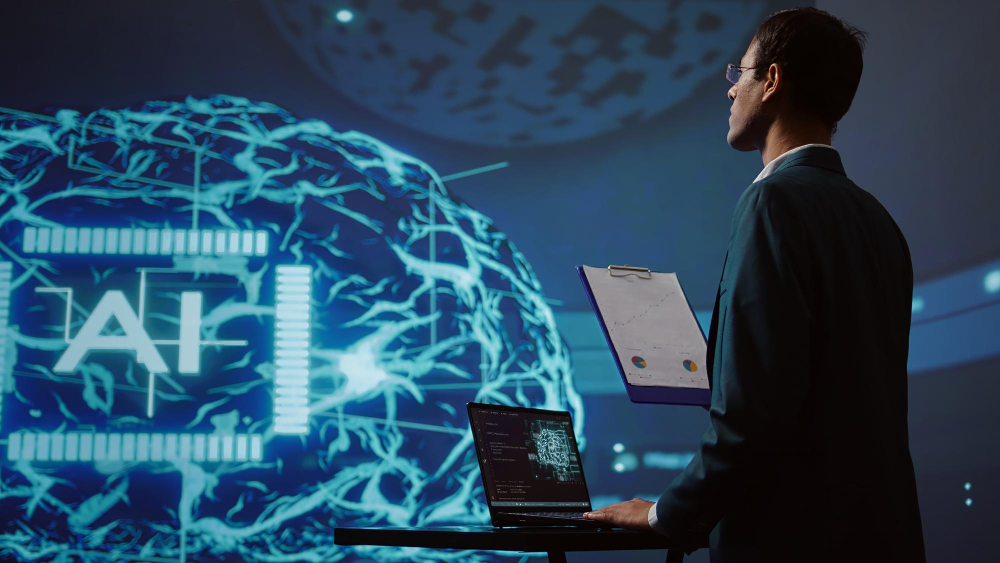Generative AI is no longer just experimental—it’s becoming an essential tool across industries. Businesses are using it to streamline writing, design, and software development.
In marketing, tools like ChatGPT are generating blog posts, product descriptions, and email campaigns. This helps teams save time while still maintaining quality through human editing.
Designers are leveraging platforms like Midjourney and Adobe Firefly to create visual content from simple text prompts. These tools are accelerating creative workflows.
Developers are also seeing major gains. With GitHub Copilot, programmers can generate boilerplate code, detect bugs, and even receive suggestions in real time.
The key benefit of generative AI lies in its ability to remove repetitive tasks. Instead of replacing professionals, it enhances their productivity and creativity.
However, it’s not without challenges. AI-generated content may still include inaccuracies, and ethical questions around ownership and bias remain ongoing.
Even with these limitations, the business case for generative AI is strong. Teams that adopt and guide these tools effectively are gaining a clear competitive edge.
As adoption grows, expect more industries to integrate generative AI into their core workflows—from legal to education to e-commerce.
Generative AI isn’t just a trend—it’s the next major shift in how digital work gets done.




